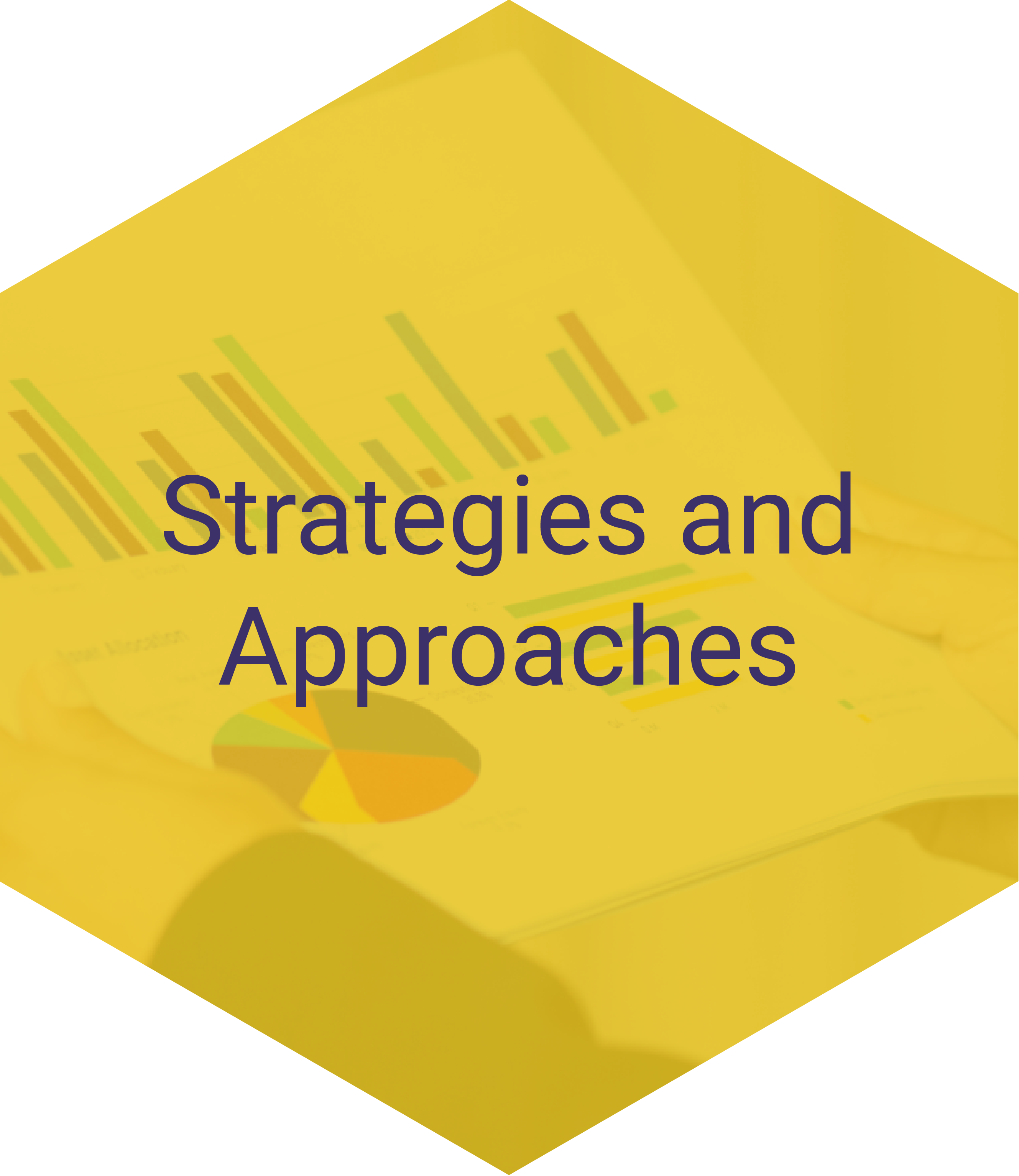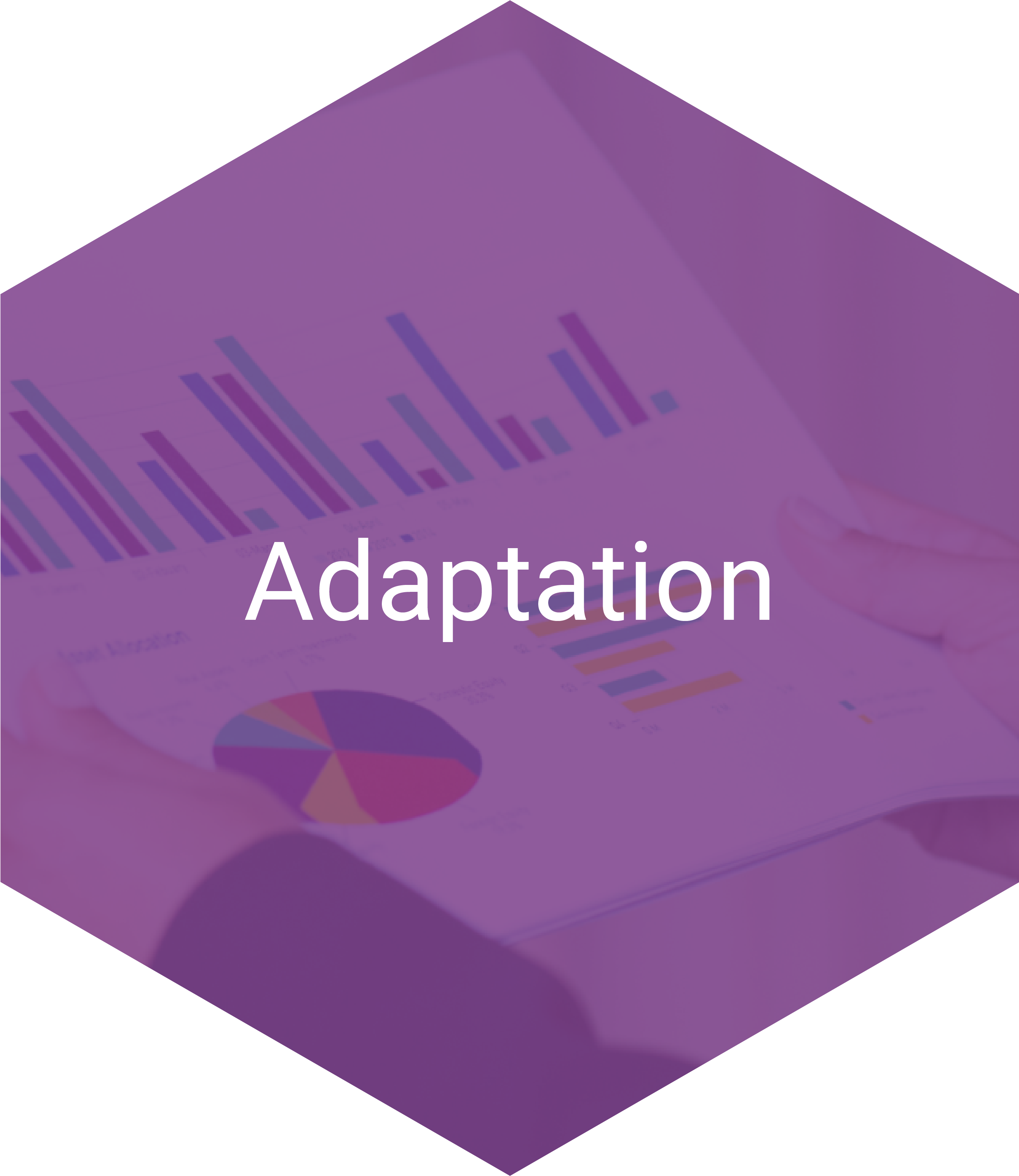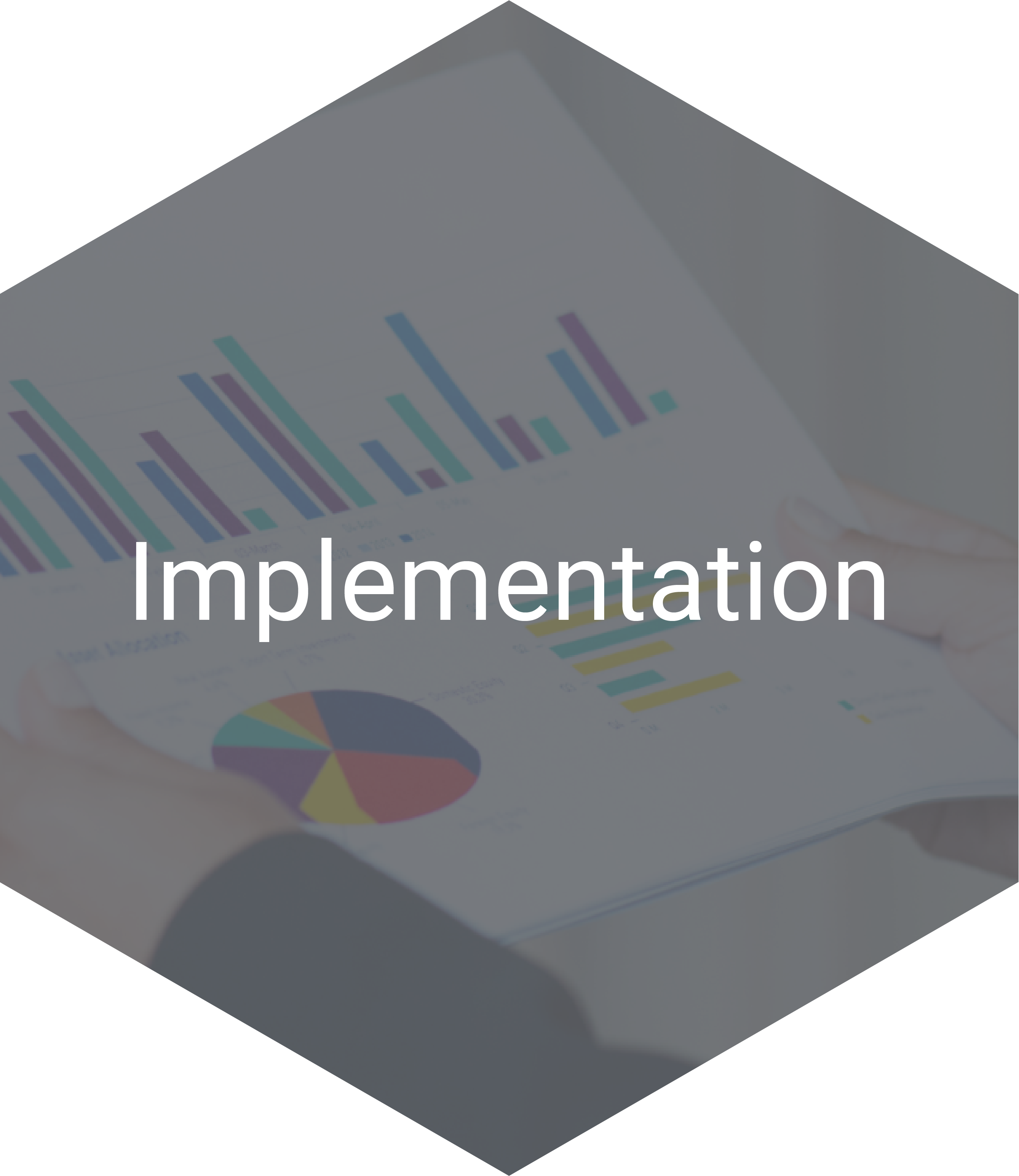Stories
Stories illustrate how the concepts presented in each section can be applied. These brief real-life examples present how others have successfully done this work.
Policy Stories
8 ResultsA Family-Friendly Workplace in Florida
Policy comes in many different forms including organizational policies. State and local health departments can help businesses and organizations develop and adopt organizational policies. For example, a family-friendly workplace benefits employees as well as their families and allows for increased productivity, lower turnover, and stronger family bonds. A Florida-based swimming pool and spa distributor offers an employee-driven “Color Me Healthy” initiative that includes more than 35 programs that address emotional and physical health. The company grants flex time on an individual basis for family and health issues, and expecting mothers work flexible hours in the later stages of pregnancy, then work remotely after the baby is born. Ninety-four percent of company employees said they feel they can openly communicate with their supervisor and 25 percent of employees have been with the company for 10 years or longer.
Source: Centers for Disease Control and Prevention, https://www.cdc.gov/child-abuse-neglect/communication-resources/efc-boostyourcompetitiveedge-508.pdf
Aligning system policies and procedures in New Jersey
Successfully implementing a policy approach may mean changing systems to make the policies easier to enforce. In New Jersey, a centralized intake system helps families access services, such as home visiting, pediatric and adult primary care, and social services, all through a single entry point. The model began with a focus on linking infants and pregnant women to the state’s home visiting programs and has since expanded, with intake hubs in every county that provide referrals and linkages to other programs, including Head Start and Early Head Start and high-quality childcare centers. Central intake is part of a larger interagency collaboration across four state departments—health, children and families, human services, and education—to build a comprehensive pregnancy-to-age-8 early learning plan for New Jersey.
Source: Association of State and Territorial Health Officials, https://www.astho.org/Prevention/Essentials-for-Childhood-Policy-Guide/
Broad Partnerships to Promote Family-Friendly Workplaces in Rhode Island
The Rhode Island Parental and Family Medical Leave Act was accomplished through a broad partnership that chose to frame the need for paid family leave as an economic issue (i.e., excess costs to businesses when they lose valued employees and have to recruit and retrain new ones, and lost revenue for the state due to women being out of the workforce). The partnership also focuses on paid family leave as a caregiver issue (i.e., not a women’s issue), which affects caregivers of newborns through the elderly.
Source: Centers for Disease Control and Prevention, https://www.cdc.gov/child-abuse-neglect/communication-resources/efc-BoostYourCompetitiveEdge-508.pdf
Building Capacity to Select and Implement Prevention in North Carolina
Recognizing the challenges of implementing effective strategies to address child maltreatment at both the state and local levels, North Carolina child maltreatment prevention partners have created an advisory group, The Alliance for Evidence-Based Family Strengthening Programs, to support local communities in the implementation of evidence-based parenting and family support programs. The Alliance currently funds implementation of three evidence-based programs, Nurse-Family Partnership; Incredible Years Program; and the Strengthening Families Program, across the state. However, the primary goal of the Alliance is to provide communities with the staff skills and tools needed to select and implement programs that are both evidence-based and appropriate for community needs. A major component of the group’s work has been the provision of technical assistance and training in communities to build capacity for selection and implementation of prevention programs.
Source: Centers for Disease Control and Prevention, https://vetoviolence.cdc.gov/apps/phl/resource_center_ncarolina.html
Establishing Connecticut’s Two-Generation Policy
Policy approaches can shape the social environments in which children grow up in ways conducive to better health and well-being. In 2015, Connecticut passed a provision in the state budget establishing what it calls a “two-generational” school readiness and workforce development pilot program to foster family economic self-sufficiency in low-income families. The program delivers early education and workforce services concurrently across generations (i.e., parent and child or caregiver). To oversee the program, the legislation established an interagency workgroup comprised of commissioners of the departments of public health, social services, early childhood, education, housing, transportation, labor, and corrections, as well as the chief court administrator, nonprofit and philanthropic organizations, and other business and academic professionals.
Source: Association of State and Territorial Health Officials, https://www.astho.org/Prevention/Essentials-for-Childhood-Policy-Guide
Integrating Prevention Science and Community Insight in Portland, OR
The first task of the Portland STRYVE project was to create a forum where the science of prevention could be combined with community insight. “We wanted to create a space where everyone’s expertise was valued, whether that be professional, academic, lived experience, or otherwise,” STRYVE Coordinator Rebecca Stavenjord said. Two part-time community health workers were hired and trained to educate and promote individual and community needs, serve as a liaison between communities and the health care and social service systems, and help make health education and information more accessible to residents. Stavenjord said that community health workers have been crucial in Portland STRYVE’s ability to fully involve community members and under-represented groups in youth violence prevention efforts.
Source: Centers for Disease Control and Prevention, https://vetoviolence.cdc.gov/apps/stryve/grantee-profiles#portland
Making the Case for Early Childhood Education in San Antonio, TX
Describing the problem and its solutions in creative, compelling ways can help educate different types of people in creating safe, stable and nurturing relationships and environments. When San Antonio Mayor Julián Castro launched the Brainpower Initiative, he described early education as critically important to the city’s quality of life and economic development. For San Antonio to be globally competitive in the 21st century, Mayor Castro argued, it needed to invest in pre-kindergarten, so that toddlers of today would grow up to be an educated, capable workforce. He made the case that the Brainpower Initiative would promote academic achievement and improve graduation rates, and he presented evidence that the city would gain $7 for every dollar invested in high-quality pre-kindergarten. With support from local business and education leaders and seven former mayors, San Antonio voters approved a funding measure to support full-day pre-K for 4,000 four-year-olds every year through 2020.
Source: Centers for Disease Control and Prevention, https://www.cdc.gov/child-abuse-neglect/communication-resources/efc-building-community-commitment.pdf
Oregon's Use of Partnerships to Prevent Child Abuse and Neglect
The Oregon Health Authority and the Department of Human Services bring together child fatality review teams from across the state to identify trends and work together on prevention strategies. Many different types of partners work to increase family stability and child safety by integrating mental health and addiction, housing, and employment services and other systems. These joint efforts in Oregon have resulted in:
- A coordinated child fatality data collection and reporting system that uses surveillance data from outside the child welfare system.
- Improved partnerships with drug and alcohol treatment providers and efforts to expand family-based treatment.
- Co-location of domestic violence advocates in the state’s child welfare and self-sufficiency offices. After working with an advocate, clients were more likely to access services provided by the health department’s offices.
Source: Association of State and Territorial Health Officials, https://www.astho.org/Prevention/Essentials-for-Childhood-Policy-Guide/

 STORIES
STORIES RESOURCES
RESOURCES APPROACHES
APPROACHES CONTACT
CONTACT





